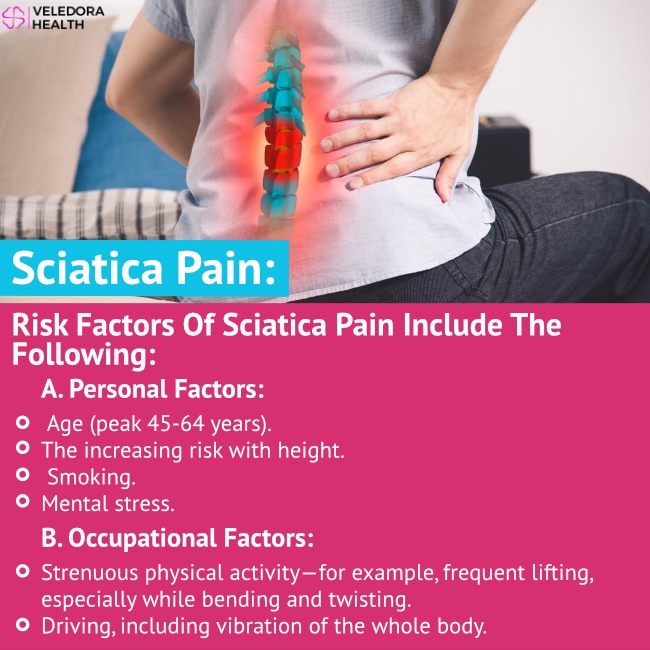

We know surgery can speed up recovery, but by six to 12 months people who have surgery are usually doing about as well as those who decide to just give the body more time to heal on its own. For those not improving after six weeks, surgery is an option. The good news is that for most (roughly three out of four) people, symptoms improve over a few weeks. When they don’t, short-term use of stronger, prescription pain medicines may be needed. Over-the-counter pain medicines like ibuprofen and naproxen can help. Many people try treatments like physical therapy, massage, acupuncture, and chiropractic manipulation, but evidence suggests that while these approaches may help typical low back pain, they are less helpful for sciatica. Since sitting increases pressure on the discs in the lower back, avoid prolonged sitting or driving. So, once the pain becomes manageable, it’s important to get up and start walking short distances. If the pain is excruciating, lying down for short periods can help, but prolonged bed rest does not.

So, treatment focuses on controlling pain and keeping people as active as possible. The body can reabsorb the disc material that is causing symptoms, even for those with severe pain. Many people think (understandably) that the worse the pain, the more likely something bad is going on. Treating sciatica pain… and managing expectations If there is muscle weakness or diminished reflexes in the involved leg, an imaging test such as a back MRI can be useful and help guide a decision for early surgery. A physical exam can confirm that the sciatic nerve is involved. Sciatica symptoms are often worse with sitting or coughing and may be accompanied by numbness or tingling in the leg.

The key to diagnosing sciatica is a thorough history and a focused exam. Sciatica is most common in people 30 to 50. If the outer rim of the disc tears, usually due to routine pressure on the lower back, the jelly-like inner material can come out and pinch or inflame the nearby nerve. Discs are tire-like structures that sit between the bones of the spine. The most common cause is a bulging ("herniated") disc in the lower back. The pain of sciatica typically radiates down one side from the lower back into the leg, often below the knee. Sciatica refers to pain caused by the sciatic nerve that carries messages from the brain down the spinal cord to the legs.


 0 kommentar(er)
0 kommentar(er)
